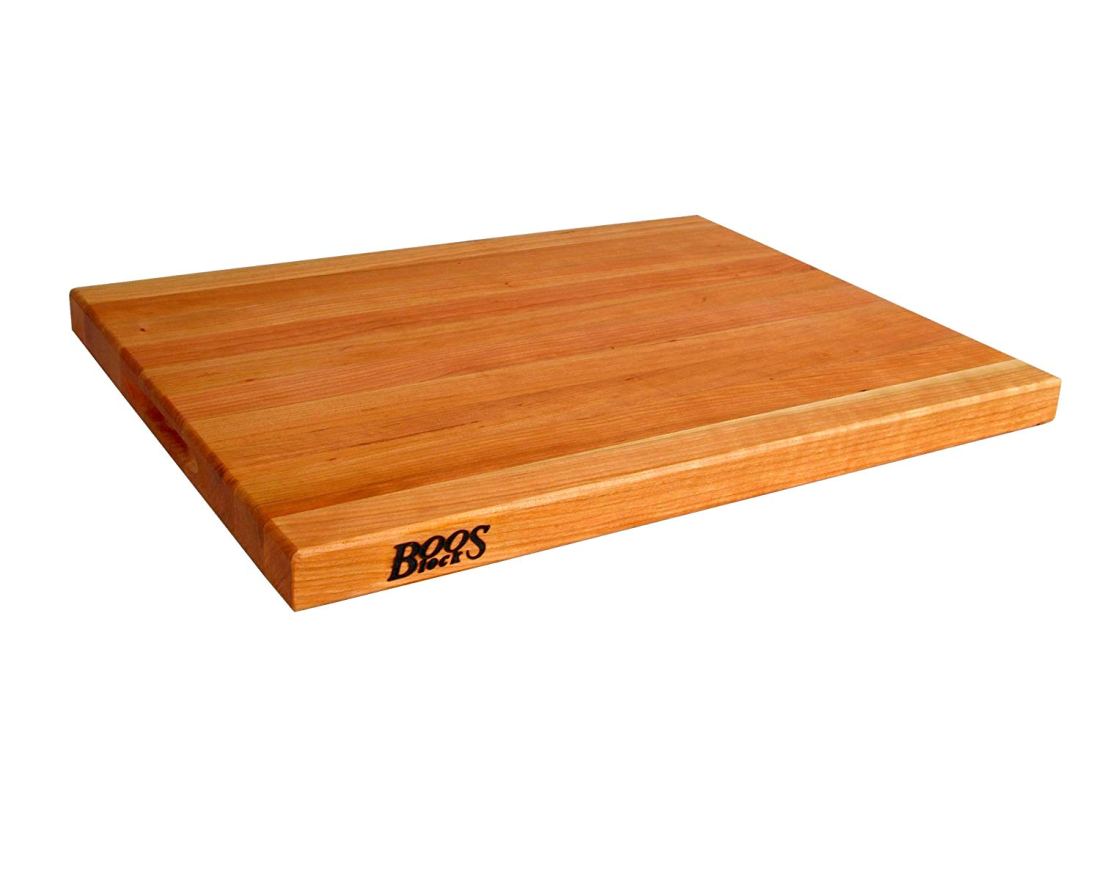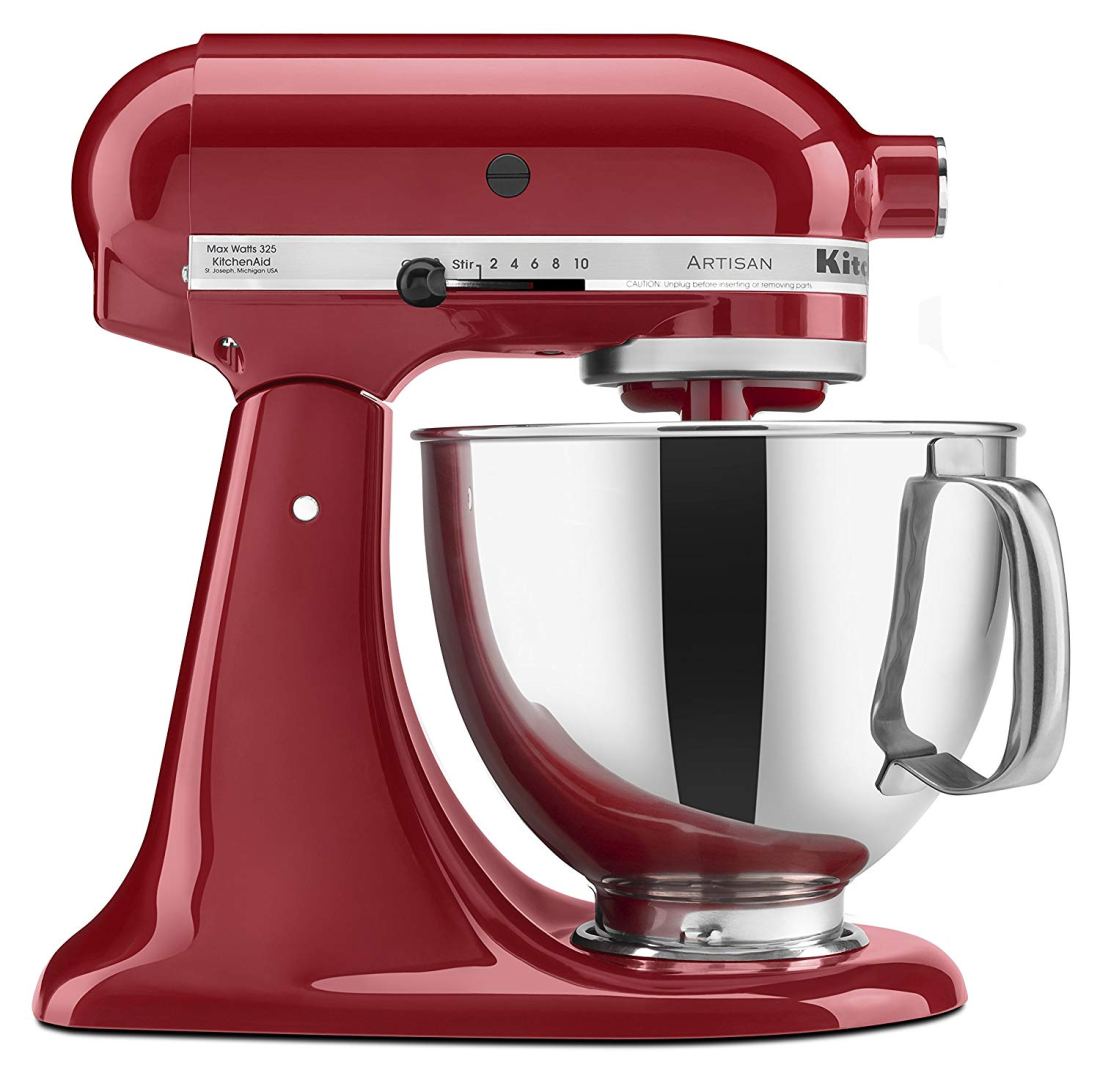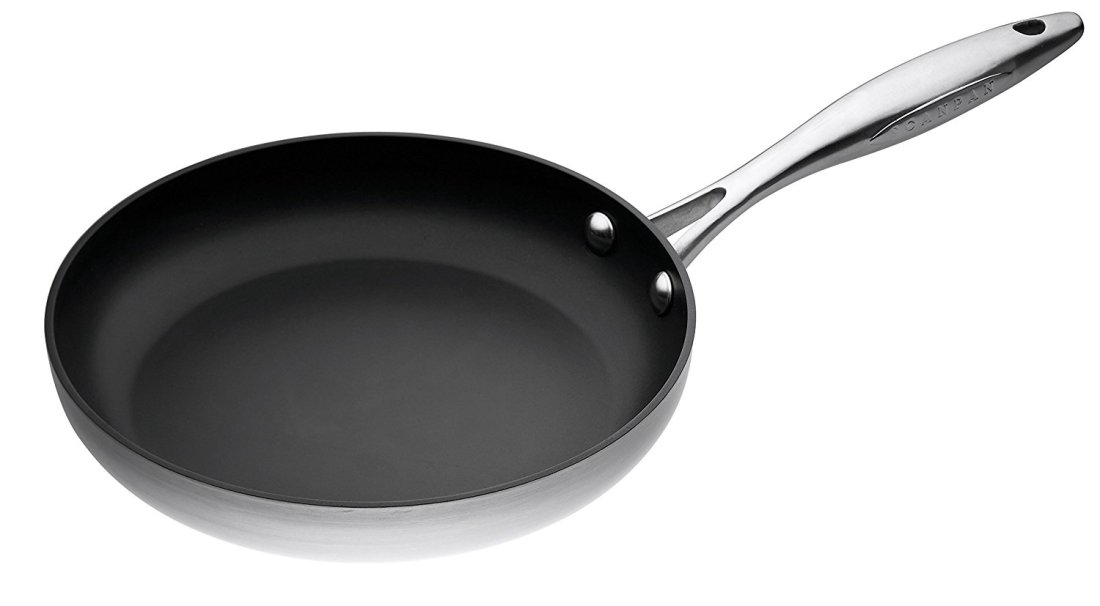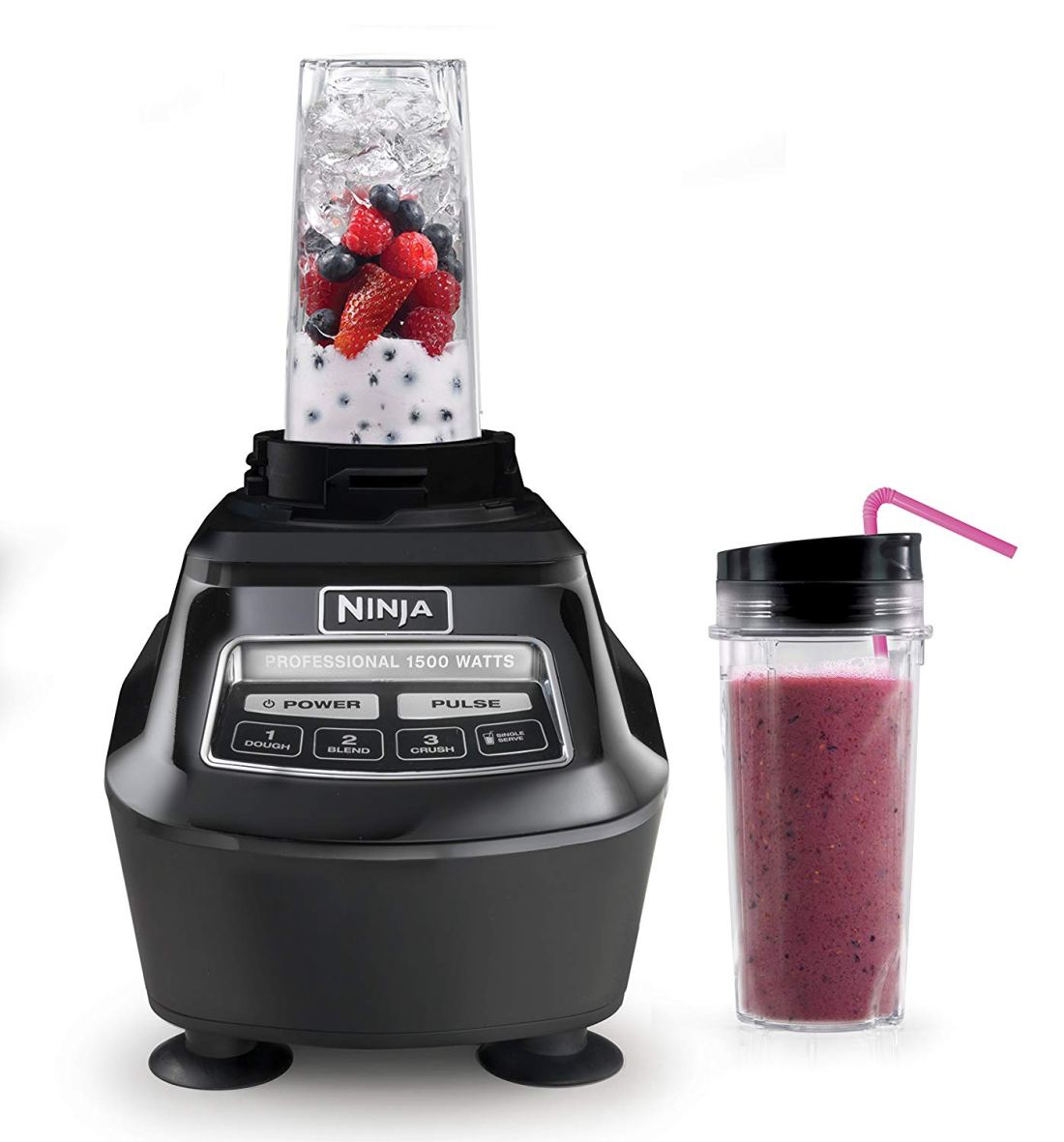Happy Sunday and happy September!
The end of the year is just around the corner and it’s almost time to start thinking about what to ask Santa (aka your significant other) for Christmas. With that being said, it’s time to step up your kitchen game.
This week’s post is all about five things Ryan and I find super important to have in a home cook’s kitchen, besides the obvious stovetop and fridge, of course. Doesn’t matter if you’re just beginning to learn how to cook or you’ve been cooking for years on years, these essentials will help you go a long way in this journey of food.
Before we begin, let me just say that this is NOT a sponsored post and we are NOT getting paid to say anything – these are things that we personally love using on a day-to-day basis.
Let’s get started!
How ironic is it to consider a knife as a lifesaver? Because this knife is a lifesaver… at least when it comes to cooking. Handcrafted in Seki, Japan is an 8-inch Shun Classic Chef’s Knife, which Ryan and I use for cutting practically everything. It’s sharper than my brain, can easily cut through the thickest of sweet potatoes (and those m’fs are DIFFICULT to cut through), and the thinnest of herbs without leaving a single bruise. With a handle that’s not too heavy or too light, it makes chopping up foods easier to handle, plus it’s easy to clean, you can sharpen it at home if you have the right tools, and it’s easy to maintain – just hone it every so often! This is seriously our go-to knife and we even plan on buying a second one, since we fight over who gets to use the good knife (versus our very dull $20 knife) every time we prep. You can find Shun knives in retail stores like Williams Sonoma or Sur La Table, and they’ll even let you give it a test run by chopping up vegetables IN STORE so you can be the judge of whether or not this knife is the one.
– Kim

Now, with a good knife comes a good cutting board. Because if you don’t have a good cutting board, you’re going to damage your knife and lessen its lifespan. Our favorite cutting board is a big, thick Boos Block made of Cherry wood. Unlike bamboo or plastic, Cherry wood is soft enough to not damage the blades of pricey handcrafted knives, which means less knife maintenance and more knife usage. It’s hefty enough to stay in place on a counter, it’s easy to clean – just wipe it down with a damp cloth, and easy to maintain. All you have to really do is coat it in food-grade mineral oil every so often to keep the wood in tip-top shape! Boos Blocks come in all sorts of shapes and sizes; we just so happen to have a really big one, which honestly comes in handy when it comes to having to prep a lot of foods at once. I would recommend going to a store and making the purchase, just so you know the exact dimensions and weight.
– Kim

If there’s something that relates to baking that a Kitchenaid Stand Mixer can’t do, I’d like to know. There’s a reason that Kitchenaid mixers are steadily popular as well as high-priced – they do everything well. Kitchenaid mixers are another, reliable pair of hands to help you out in the kitchen, and sometimes they’re even better than your own hands.
So, what can they do exactly? Each mixer comes with three different attachments – a paddle, whisk, and dough hook attachment – and they all have different functions. The paddle attachment is necessary for cake batters, cookie dough, brownies, and pretty much anything you use the creaming method for, which is the method by which you beat crystals (like sugar) into solid fat (like butter) then mix in wet and dry ingredients. The whisk attachment is what’s used to whip air into a light mixture, so this is what you want to use for whipped creams, meringues, and confections like marshmallows. Pro tip: don’t use the whisk attachment for any heavy batters, as this can lead to one of its wires breaking (speaking from experience). The dough hook is probably the most underused but simultaneously the most useful attachment here, and that’s because it can save you 15 minutes of intense arm workouts by kneading bread doughs all on its own. The purpose of kneading a bread dough in the first place is to create a glutinous structure, which requires constant folding, stretching, and pulling. With a stand mixer, you can get to your goal in about 1/3 of the time and with zero the amount of arm strain.
Aside from these three essential attachments, Kitchenaid also offers add-on attachments such as a pasta maker, ice cream maker, and meat grinder, which are high-quality tools if you’re trying to specialize in one of those things. In fact, we just got ourselves an ice cream maker attachment, which is ice cream bliss in our own home, although, you’ll have to wait a bit to see an ice cream recipe on here as we’re busy perfecting a recipe!
While it does have a high price point, if you bake at least once every two weeks, it’s more than worth its cost value. With a powerful Kitchenaid stand mixer and its three native attachments, there are unlimited doors of possibilities that can be unlocked. Time to dawn an apron! Or just one of those old shirts in your closet you don’t care about spilling flour on.
– Ryan

Flip food like a pro. My absolute favorite thing in our kitchen is a handcrafted Scanpan Nonstick Skillet from Denmark. It heats up evenly, thanks to the five layers of aluminum, and cleaning takes no more than 5 seconds – it’s as simple as a swipe from a clean rag or paper towel. We use it to cook pretty much everything, from sautéing, to blanching, and even to frying. The only downside, at least for me, is that it’s pretty heavy. Small girl + heavy pan = constant wrist pain… BUT IT’S SO WORTH IT. You could even use this pan in an oven, up to 500 degrees. It doesn’t warp, doesn’t scratch, and you can use metal on it! Thanks, titanium. Talk about a sturdy pan, am I right?!
– Kim

If you’ve read more than one of our recipes, you’ve no doubt seen me call for the use of a “personal-sized blender,” which is essentially a small blender carafe that holds less than 16 ounces of liquid. I use this tool a bare minimum of twice a day – once for morning coffee and another time for my go-to breakfast smoothie – but on most days, I use it even more than this.
So, what’s so special about it? Basically, unless you have a very good quality high-speed blender like a Vitamix, most blenders aren’t able to smooth out small amounts of ingredients. Because of their enclosed, tapering shape, personal-sized blenders encourages foods to be pushed down towards the blade, thus effectively transforming whatever you put into it into mush – in the best way possible! They’re useful for creating starch slurries, smoothing out sauces with whole ingredients in them, getting rid of unwanted crystals, making smoothies, emulsifying oil and water, aerating coffee, and so much more.
In truth, we have a three part Ninja set that came with a food processor, blender, and two personal-sized blender cups, and overall I really wouldn’t recommend the food processor or blender portion, but it’s become more than worth it for the personal cups. Whatever you do, I don’t recommend going out and purchasing any 20 dollar blender cup from Target, as they’re prone to burning out, leaking, and simply not doing as good of a job as a Ninja, Vitamix, or something of that caliber.
– Ryan

We hope we’ve inspired you to step your kitchen game up a notch, whether it’s grabbing a knife you don’t have to use like a sledge hammer or finally getting a stand mixer to save you from doing arm day twice (God forbid).
See you next time!